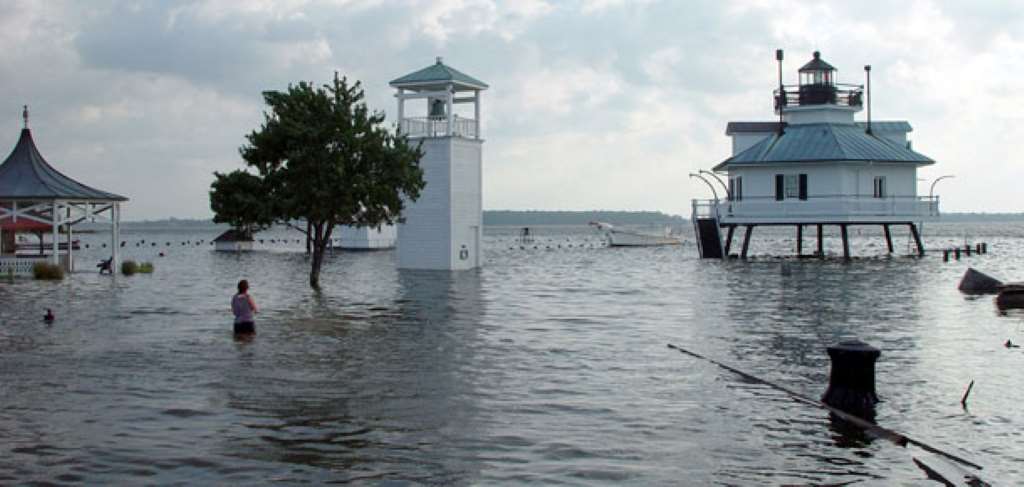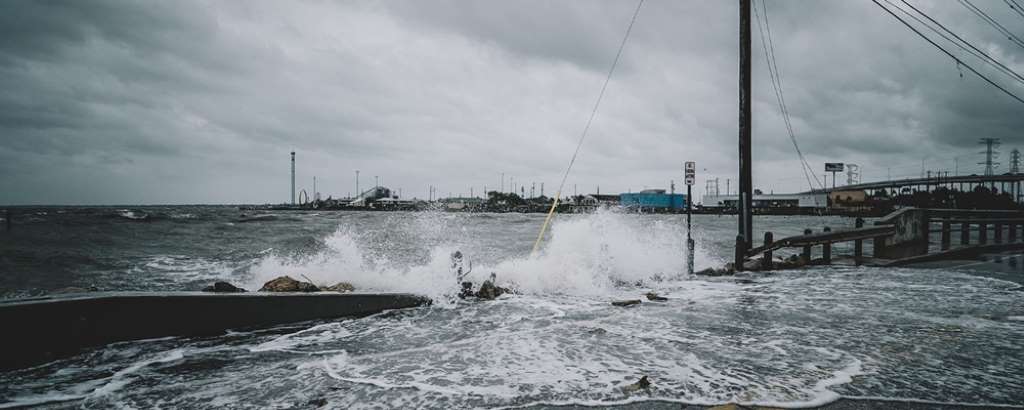Coastal flooding is a significant natural hazard that threatens communities living near the coast. It is a complex phenomenon caused by various factors, such as storm surges, high tides, and sea level rise. The consequences of coastal flooding can be devastating, including property damage, infrastructure disruption, and loss of life. This article aims to provide a comprehensive understanding of coastal flood advisories, including their causes, impacts, and preparatory measures.
Understanding Coastal Flood Advisories
A coastal flood advisory is an official warning issued by the National Weather Service (NWS) when there is a potential for minor flooding along the coast. It is crucial to understand that a coastal flood advisory is different from a coastal flood warning, which signifies a more severe threat of flooding.
Causes of Coastal Flooding
Coastal flooding can be triggered by various factors, including:
- Storm Surges: Storm surges are abnormal rises in sea level caused by powerful storms, such as hurricanes or nor’easters. The strong winds and low pressure associated with these storms push water towards the shore, resulting in significant flooding.
- High Tides: High tides occur twice a day due to the gravitational pull of the moon and the sun. During certain times of the year, such as spring tides, the gravitational forces align, causing higher than normal tides, which can contribute to coastal flooding.
- Sea Level Rise: The gradual increase in global sea levels due to climate change exacerbates the risk of coastal flooding. As sea levels rise, even minor storms or high tides can cause flooding in areas that were previously unaffected.
- Heavy Rainfall: Intense rainfall can overwhelm drainage systems and contribute to flooding in coastal areas. This is particularly true in low-lying regions that are prone to flooding.
- Tsunami: Although rare, tsunamis can cause catastrophic coastal flooding. These giant waves are triggered by underwater earthquakes or volcanic eruptions and can travel thousands of miles across the ocean, inundating coastal areas with devastating force.
Impacts of Coastal Flooding
The impacts of coastal flooding can be far-reaching and devastating, affecting both human lives and the environment. Some of the significant impacts include:
- Property Damage: Coastal flooding can cause extensive damage to homes, businesses, and infrastructure. Floodwaters can inundate buildings, destroy property, and contaminate water supplies.
- Infrastructure Disruption: Coastal flooding can disrupt transportation networks, power grids, and communication systems. This can lead to widespread disruptions in essential services and hinder emergency response efforts.
- Loss of Life: In severe cases, coastal flooding can result in loss of life. People can be swept away by floodwaters, trapped in their homes, or succumb to injuries or illnesses caused by the flooding.
- Environmental Damage: Coastal flooding can damage ecosystems, erode beaches, and contaminate coastal waters. This can harm marine life, disrupt food chains, and impact the overall health of the coastal environment.
- Economic Losses: The economic costs of coastal flooding can be substantial. Businesses may be forced to close, tourism may decline, and property values may plummet. The recovery process can be lengthy and expensive, placing a significant burden on communities.
Preparing for Coastal Flooding
Preparing for coastal flooding is essential for minimizing its impacts and ensuring the safety of individuals and communities. Here are some key steps to take:
- Stay Informed: Pay attention to weather forecasts and coastal flood advisories issued by the NWS. Monitor local news and emergency alerts for updates on potential flooding.
- Develop an Evacuation Plan: If you live in a coastal area prone to flooding, create an evacuation plan with your family. Identify safe routes and designated evacuation shelters.
- Prepare Your Home: Elevate appliances and electrical systems to protect them from floodwaters. Secure loose objects that could be carried away by floodwaters. Consider purchasing flood insurance to protect your property.
- Build a Disaster Supply Kit: Assemble a disaster supply kit with essential items such as food, water, first aid supplies, flashlights, and batteries. This kit will be crucial in case of evacuation or power outages.
- Participate in Community Preparedness Programs: Engage in community preparedness programs and drills to learn about evacuation procedures and emergency response protocols.
- Protect the Environment: Support initiatives to protect coastal ecosystems and mitigate the impacts of climate change. Reducing greenhouse gas emissions and promoting sustainable practices can help reduce the risk of coastal flooding.
Conclusion
Coastal flooding is a serious threat that requires proactive planning and preparedness. By understanding the causes, impacts, and preparatory measures associated with coastal flooding, individuals and communities can reduce their vulnerability and enhance their resilience to this natural hazard. Staying informed, developing evacuation plans, preparing homes, and participating in community preparedness programs are essential steps to ensure safety and minimize the devastating effects of coastal flooding.
Additional Tips
- If you are caught in a flood, seek higher ground immediately.
- Do not attempt to drive through flooded roads.
- Avoid contact with floodwaters, as they may be contaminated.
- Follow the instructions of local officials and emergency responders.
- After a flood, be cautious when returning to your home. Check for structural damage and electrical hazards before entering.
Remember, preparedness is key to staying safe during a coastal flood. By taking proactive steps, you can protect yourself, your family, and your community from the devastating impacts of this natural hazard.





